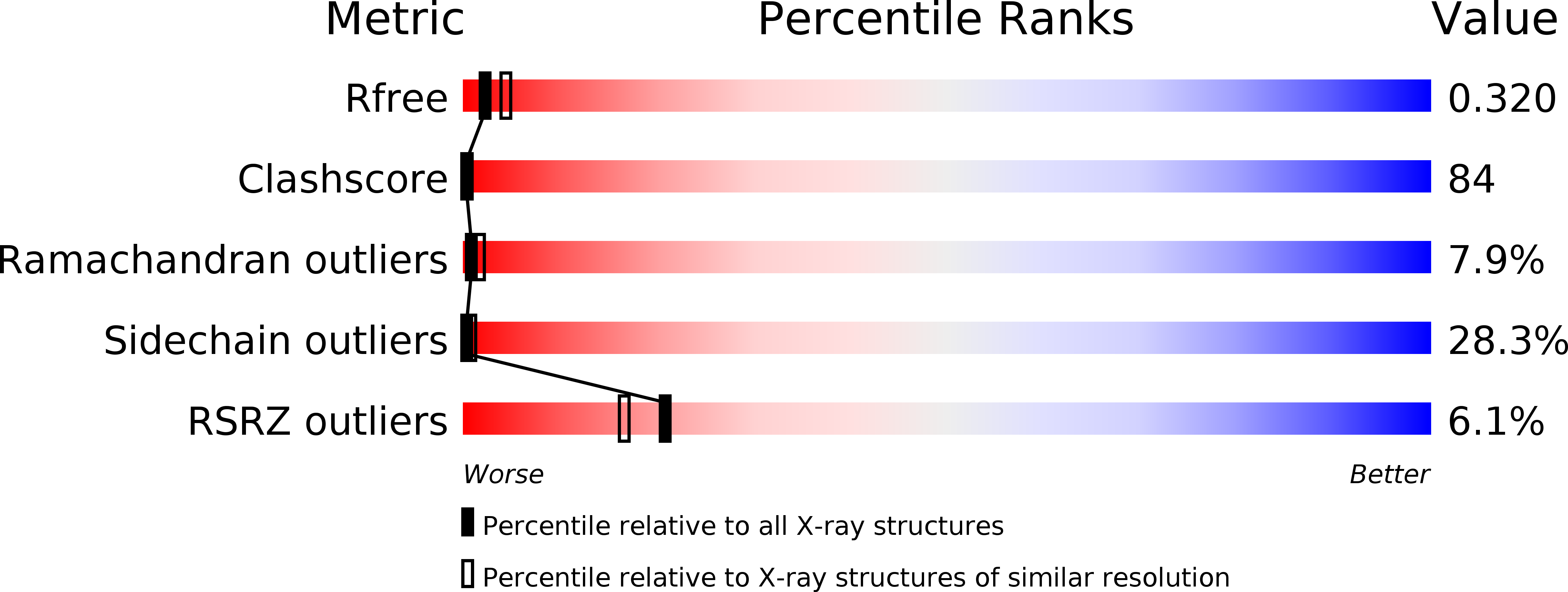
Deposition Date
2007-12-25
Release Date
2008-07-08
Last Version Date
2024-10-30
Entry Detail
Biological Source:
Source Organism:
Vibrio alginolyticus (Taxon ID: 663)
Host Organism:
Method Details:
Experimental Method:
Resolution:
2.85 Å
R-Value Free:
0.31
R-Value Work:
0.29
R-Value Observed:
0.29
Space Group:
P 65 2 2


